Like any other aspect of work in the last couple of years, project management has become more ‘remote’. Which is to say, these days, if you’re responsible for a project, you can’t expect your team to all be working from the same location. The steady increase in flexible working arrangements, the desire to recruit the best talent regardless of situation, and then a global pandemic have all brought us to a point where project teams are increasingly unlikely to regularly be in the same room, or even face to face with sponsors or stakeholders.
So, what’s potential good – and bad – about remote project management? And how do project managers make the best of the situation?
The pros of remote project management
- Cost-effective – This is an obvious but significant benefit. A virtual project team usually means less need for office space, less equipment and possibly, if you’re outsourcing or recruiting according to need, less staffing overhead.
- Broader talent pool – When looking for the right people for your virtual project, you can fish in any pool, regardless of location or even time zone.
- Productivity – While research results vary on remote productivity, many agree (including this recent Microsoft study) that productivity increases in the short term. This could be good news for remote project teams as, by definition, all projects run over a limited period.
- Employee retention – While retention of your best people will depend on how they’re managed, your reward/compensation package, future opportunities offered and how you overcome the ‘cons’ in the next section, the flexibility that comes with remote and virtual working is a significant retention workforce factor.
The cons of remote project management
- Communication can suffer – As any manager of a virtual team knows, the main loss is the informal and casual exchange of information that happens with a co-located team. What’s more, the communication that does take place – via phone, emails, instant messaging, and video – can lack nuance and context; not to mention the impact of time zone differences on the logistics of organising a meeting.
- Impaired collaboration – Outside of Zoom meetings, are your team members in contact, do they (virtually) get together to discuss how to deliver, and how do you encourage accountability without coming across as a nag or even a bully?
- Trust can be slow to build – In part, trust is the answer to the issue of collaboration and accountability. But building trust takes time, especially when you don’t all see each other every day.
- Monitoring project progress – Aside from the ‘people issues’, how do you track the project as a whole? Getting an update from the team becomes a more formal request when you’re all scattered.
Remote project management tips
So, how do you begin to tackle some of the above issues, ensuring that you can reap the full benefits of your remotely-run project? In today’s rapidly-evolving workplace, it’ll be no surprise that technology is a big part of the answer…
For the casual communication that in-office teams find so effortless, using an instant messaging app, such as Slack, can be the answer. With the option of any number of dedicated, custom channels, thread, and a search function to refresh the memory, Slack is a fair replacement for those ‘watercooler moments’ and encourages direct communication, avoiding the project manager becoming some kind of gatekeeper or hub for the team.
Co-working and collaboration is aided by document-sharing apps like Google Docs and Drive. Version control and tracking of changes are included, as well as simultaneous viewing/editing and autosave. Arguably, your shared documents are also more secure in the cloud, reducing the chance of any backup mishaps that might occur on your in-office server.
Meetings, workshops and webinars are all possible with video-conferencing technology, of which numerous options exist (e.g. Zoom, Google Meet, and the classic, Skype). For a remote project team, this kind of meeting offers valuable time together for the team as a unit.
Then there’s the task allocation, progress monitoring, accountability and resource management side of a project – all of which can be handled by a cloud-based project management platform, such as Trello or Asana; both of which offer an open view of current objectives and priorities, including who is doing what, with whom, and by when. Finally, all of this tech works best when framed by a team-wide communication policy – an agreement that lays out just how and when the team will stay connected.
Remote project management is here to stay, not least because the last couple of years have taught us that remote, virtual and hybrid working arrangements are not only possible but effective. If you’re looking for support with project management, the In-House Training Company has a lengthy and comprehensive menu of training options, all of which can be delivered – you guessed it – remotely. Give us a call on 01582 463463. We’re here to help.









